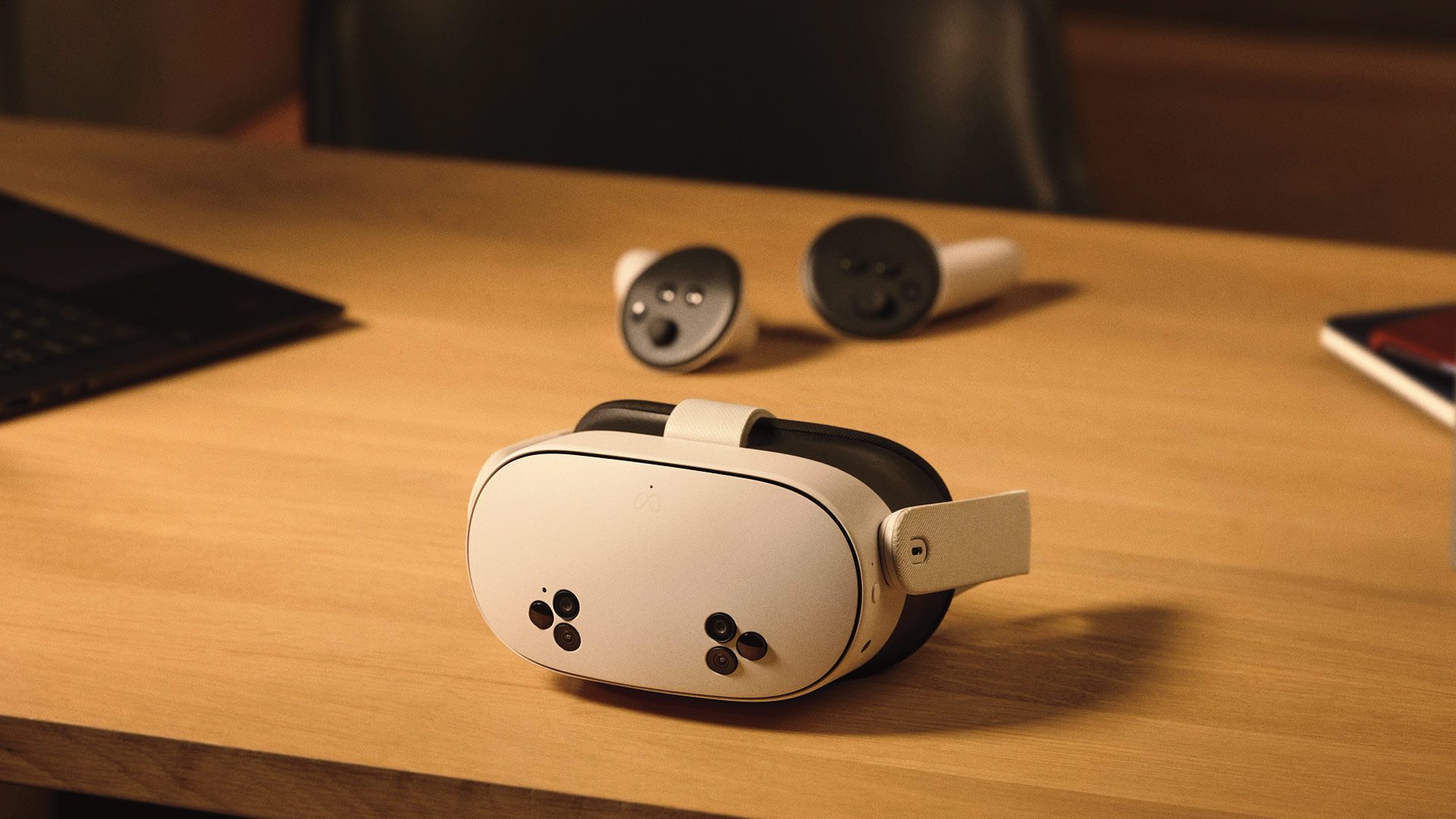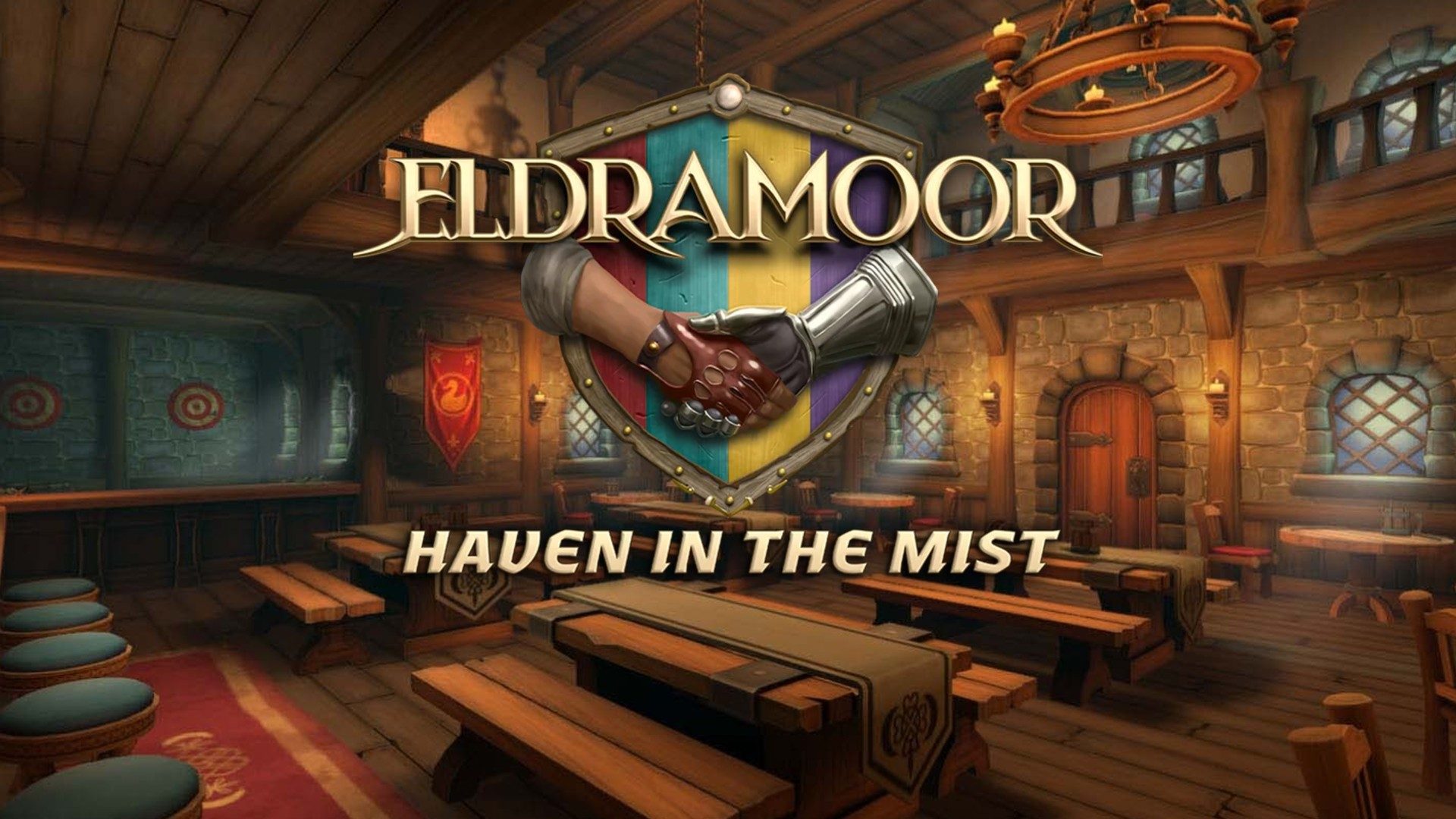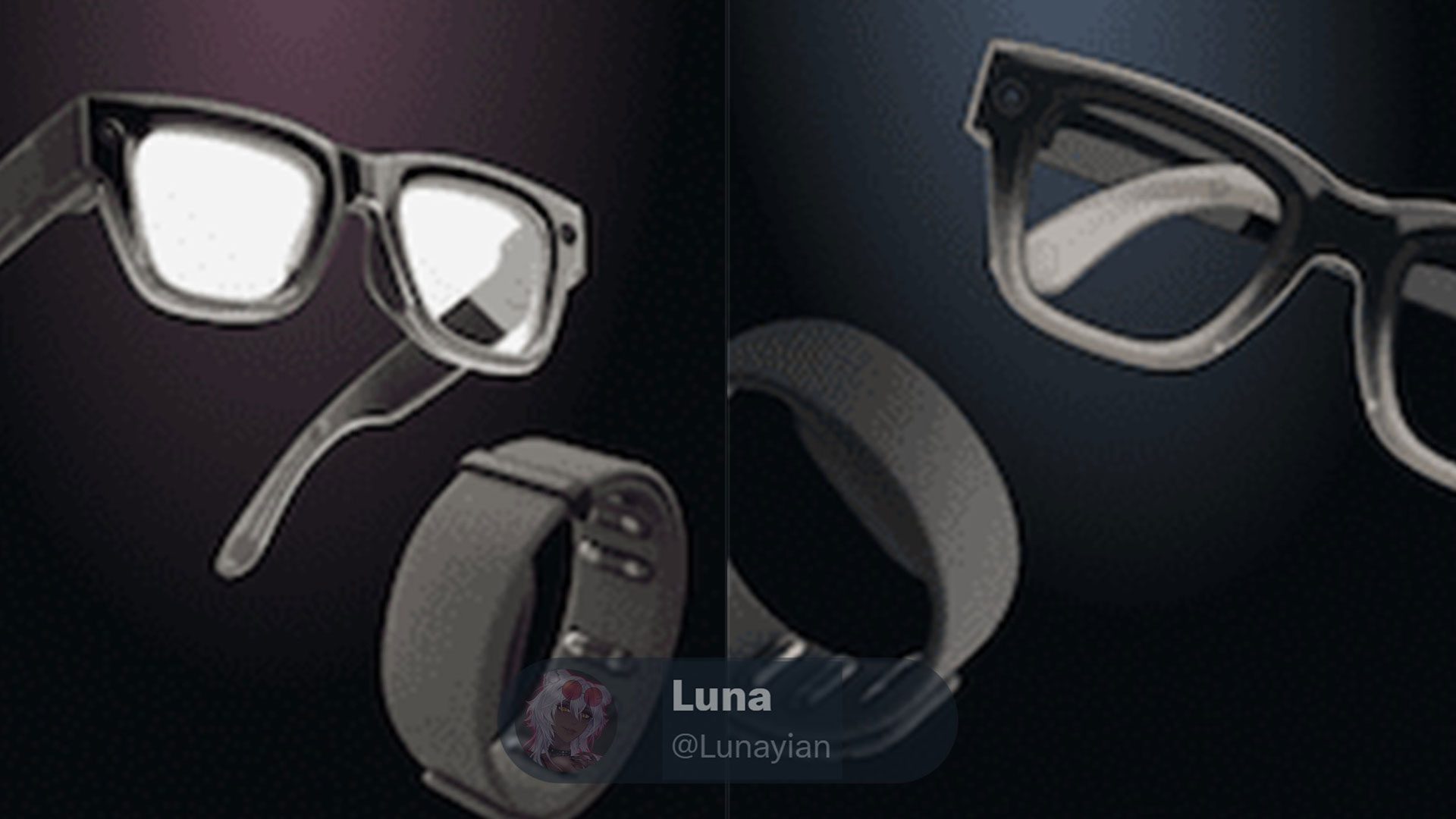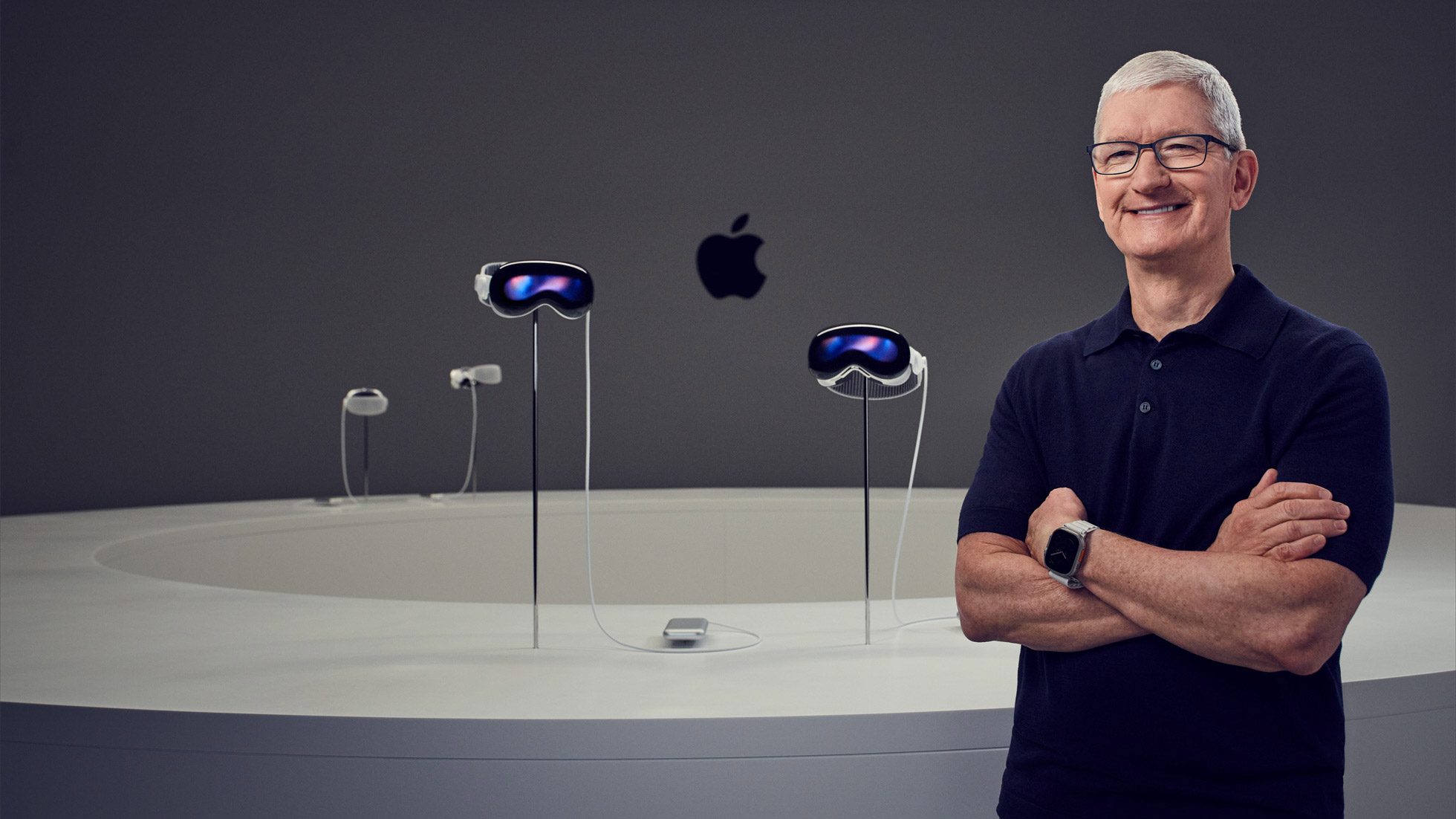Marvel fans have a lot to look forward to with an impressive roster of games on the horizon. December 6 marks the arrival of Marvel Rivals, while Skydance’s Marvel 1943: Rise of Hydra is slated for release next year. Meanwhile, EA has exciting projects for both Iron Man and Black Panther in the works. Insomniac is dedicated to developing Marvel’s Wolverine, and Arkane is working on Marvel’s Blade.
While Marvel Rivals and Marvel 1943 have scheduled releases, the other titles in Marvel’s lineup are still awaiting official dates. Nonetheless, whispers and speculation about possible timelines have been circulating. Given that Marvel’s Wolverine was initially announced in September 2021, it stands to reason it might lead the charge. If this happens, it would be prudent for Marvel’s Blade to observe how Insomniac tackles one particular skill.
Marvel’s Wolverine is renowned for his iconic Adamantium claws and his extraordinary Regenerative Healing Factor. This impressive ability allows him to rapidly heal from injuries like gunshots and cuts, even major wounds, albeit at a slower pace. Over time, this power has only grown, with Wolverine overcoming challenges like regenerating lost eyes or surviving extreme conditions in the comics. Meanwhile, Marvel’s Blade features his own Healing Factor, albeit not as formidable as Wolverine’s.
Wolverine’s Healing Factor is partly hindered by his Adamantium skeleton, yet it remains potent. Blade, on the other hand, experiences limitations because of his decision to avoid human blood, relying instead on an artificial serum. This serum allows recovery from minor wounds, but severe injuries necessitate human blood for healing.
Crafting a Healing Factor within a video game is no simple task. Developers must achieve a balance—making the powers potent yet not overly dominant to keep the gameplay engaging. This challenge is particularly evident with Wolverine and Blade’s regenerative abilities.
For a game to remain true to the comics, Wolverine and Blade should theoretically recover from almost any enemy-inflicted damage. However, sticking strictly to the source material risks creating an unstoppable player-character, potentially impacting the game’s challenge and engagement levels.
Developers of previous Wolverine games have tackled this challenge in various ways. For instance, 2003’s X2: Wolverine’s Revenge only enabled healing when he sheathed his claws, encouraging cautious gameplay. On the other hand, 2009’s X-Men Origins: Wolverine introduced passive regeneration outside combat and health boosts from fallen opponents. This game also featured dual health bars reminiscent of Halo’s innovative shield and health system.
Marvel’s new Wolverine game is likely to draw from the groundwork laid by titles like X2: Wolverine’s Revenge and X-Men Origins: Wolverine to craft its regen system. Consequently, Marvel’s Blade should pay close attention to how Wolverine’s Healing Factor is executed once released, using it to refine its own approach to regeneration in gameplay.
Set for development by Arkane Lyon, known for Deathloop and Dishonored, Marvel’s Blade promises a mature, single-player, third-person adventure through Paris. Players will step into the shoes of the beloved comic hero Blade, adding another exciting chapter to the Marvel gaming universe.














































